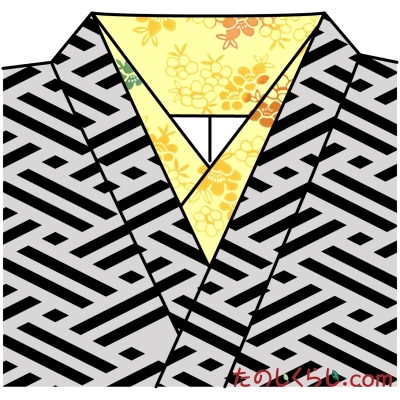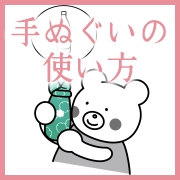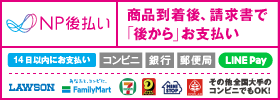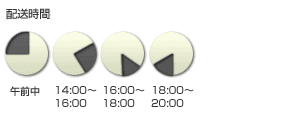手ぬぐいの使い方 その四 「半衿」 <4. As a han-eri (a detachable neckpiece for kimonos)>

当時は、ガーゼや包帯などの役割から、現代のタオルや台拭や雑巾やハンカチなどの役割も担い、そのほかには縁起物としての贈答品や配り物としても使われ、本来の汗や水の吸水の目的だけでなく様々な用途の広がりをみせていきました。
ここでは、「手ぬぐいの使い方」として、現代での使い方をイラスト入りでご紹介していきます。
その四は "半衿" です!
手ぬぐいを縦に二つ折りか三つ折りにして、長襦袢の衿に縫い付けて半衿にすると、ちょうど良いサイズになります。綿素材なので肌触りも気持ちよく、お気軽に洗えます。
浴衣や小紋に合わせてもお洒落な "半衿" です(^^)
In Japanese history, the tenugui (Japanese towel) was originally used approximately between 700s and 1100s A.D. (Nara & Heian era in Japan). At that time, the tenugui was only available for people of high social status, because cloth was a valuable item. After the late 1100s (during the Kamakura era), the tenugui gradually became available to commoners. In the 1600s, when cotton farming developed, the tenugui, as well as cotton fabric, became a common item for people in Japan.
Since then, tenugui usage has expanded from as a simple towel to absorb liquid to as a gauze bandage and a gift and giveaway item.
Below are some examples of how to use the tenugui during modern times (with illustrations):
<4. As a han-eri (a detachable neckpiece for kimonos)>
A tenugui folded (two or three times) horizontally along the longer side becomes a perfect size as a han-eri. The cotton feels soft to the skin and it does not require dry cleaning.


























